Bunions are one of the most common foot problems in the United States. They affect an estimated 3 in 10 Americans, and they disproportionately strike women more than men. Women who wear narrow shoes or high heels for prolonged periods are at higher risk. As people age, bunions can become painful and may need to be surgically removed if they do not respond to nonsurgical treatments. But there is also a lot you can do on your own to prevent them from getting worse or coming back after surgery – things like wearing comfortable shoes that fit well and using anti-inflammatory medications when needed. And while bunion surgery may seem daunting, it’s usually very successful with excellent outcomes over time. Because there are huge misconceptions about bunions and many unnecessarily suffer the pain from them, I hope this article sheds some light on this topic.
What are bunions?
A bunion (hallux valgus) is not just a bump on the side of your big toe. It can be explained as changes in the bones of your foot. The big toe leans towards the second toe instead of pointing straight ahead. This throws the bone out of alignment and it can create a bump on your foot.
Bunions are a progressive disorder. They start with the big toe leaning to one side, and over time the bones change so they lean on more of a slant. It can take a long time for bunions to form, but many times they never have any symptoms at all. That is because some bunion pain can be caused by more common problems such as a hammertoe or calluses.
Bunions can also cause your toes to move into an awkward position and they may touch the inside of your shoes. This may leave you with corns and calluses on your big toe joint and on the outer side of your foot.
Bunions can cause problems with walking and may become painful if they get too big. That is when people often seek treatment to ease their discomfort.
Causes
Bunions are often the result of an inherited mechanical structure. But it is not the bunion itself that is inherited, but certain foot types that make a person more prone to developing one. Shoes that crowd toes will not cause bunions, but sometimes can make them worse.
Wearing high heels or shoes with a narrow toe box for long periods of time are another cause.
For some people, medical conditions such as arthritis can lead to bunions. These conditions may also make it difficult for your foot doctor to treat the bunion because they affect how each treatment works.
Smaller bunions are called bunionettes. They usually occur on the joint of your little toe. They are another type of bunion, but they behave very differently.
Symptoms
The most common symptom of bunions is pain on the side of your big toe joint. The bunion itself may be red or swollen, and you might have some numbness in your foot or leg.
People with bunions often notice they are bumping into their shoes when they walk because their big toe is being pushed out of place.
Other patients report burning sensations, stiffness, or the feeling that their big toe is being pinched.
Treatment
In most cases, bunions don’t require medical treatment. But if you have ongoing pain in your foot or big toe, see a visible bump that looks unusual, recognize decreased movement of your big toe or find it difficult to find properly fitting shoes, you should consult a specialist in treating foot disorders.
Nonsurgical Treatment
Sometimes the only treatment that is required is observation of the bunion. Your surgeon should check you and take x-rays on a regular basis to minimize the risk of harm to your joint. However, in some situations, some sort of therapy is required. Early treatments are used to relieve bunion pain, but they will not restore the deformity itself. Common treatments and therapies include:
- Medications. Ibuprofen, for example, is a common over-the-counter pain and inflammation medication. It may be utilized to reduce discomfort and inflammation.
- Icing. Using an ice pack several times a day reduces pain and inflammation.
- Changing footwear. It’s critical to wear the proper sort of shoes. Choose shoes with a wide toe box rather than those with pointed toes or high heels, which might exacerbate the problem.
- Orthotics. Custom orthotic devices may be provided by the foot and ankle surgeon in some circumstances.
- Physical therapy. In some cases, a physical therapist can provide exercises to ease joint stiffness and demonstrate techniques for altering the way you walk.
- Padding. Pads placed over the bunion’s location may help to reduce discomfort. These can be obtained from your surgeon or purchased at a drug store.
- Bunion corrector. There are devices that help hold the bunion in place so it doesn’t rub against your shoes, helping to reduce pain. A number of prescription or over-the-counter products exist for this purpose.
- Injection therapy. Injections of corticosteroids, on the other hand, are occasionally utilized in bunion treatment. Inflamed bursa (fluid-filled sac located around a joint) sometimes seen with bunions can be effectively treated with injections of corticosteroids (immune system helper).
Surgery
When nonsurgical treatments fail to alleviate bunion pain and when the discomfort of a bunion prevents you from performing daily chores, it’s time to consult with a foot and ankle surgeon about surgical choices. You can evaluate whether or not surgery is right for you in conjunction with your doctor.
Bunions can be treated with a variety of surgical techniques. The operations aim to remove the bone bump, restore the bony structure of the foot, and repair soft tissue issues that may have developed as a result of it. The objective of surgery is to decrease discomfort and deformity.
The surgeon will consider the extent of your deformity, based on the x-ray findings, your age, level of activity, and other aspects while choosing the technique or combinations of techniques for your specific case. The length of recovery varies depending on the treatment approach chosen.
Prevention
The most important step to prevent bunions from ruining your life is choosing the right shoes. Never wear shoes that are too tight. This includes not just your feet but also your toes. The wider the shoe, the better it is for preventing bunions.
In some cases, you might need to wear a bunion splint. This will be prescribed by your doctor based on your individual case. Wearing one can help realign your big toe and prevent it from rubbing too much against the inside of your shoes.
Remember that each person and each body is different; try different things and come up with a shoe-wearing routine that works for you.
FAQ
How do you get rid of bunions on your feet?
We have already discovered some really helpful techniques and treatments to prevent bunions from getting worse. To sum it up again, you should choose the right shoes, protect your bunion with a splint or brace and consider orthotics for padding. If traditional methods fail, please consult a podiatrist to discuss your individual therapy.
Can bunions go away?
The short answer is NO. Bunions don’t just go away without treatment. Even if you wear the right shoes and adapt your lifestyle, bunions will still get worse over time. Because of this, it’s important to address them early on before they cause any long-term problems.
How do you stop a bunion from growing?
Unfortunately, there’s no way to stop a bunion from growing. Bunions are a progressive condition and the only way of stopping them from getting even bigger is to prevent them from developing in the first place.
Once you have developed a bunion, choose the right treatments as explained above.
Do bunion correctors get rid of bunions?
Bunion correctors only help to delay bunion development and reduce the pain associated with it. They are not a treatment for bunions in themselves.
These products are sometimes bought by people who want to wear heels without developing bunions in the first place. Wearing high heels is fine when you know how to do it right, but when wearing heels becomes your default choice of footwear, you are bound to develop bunions eventually.
People who have bunions should try to stay away from high heels and instead choose shoes that have a wide enough toe box in order to accommodate the bunion when wearing regular flats.
Bunion correctors are good for prevention, though. They keep the big toe aligned in the correct position.
How can I shrink my bunions naturally?
Unfortunately, you cannot shrink your bunions using natural remedies or herbal treatments. Bunions are the result of a complex deformity and unless treated properly, they will only become bigger over time.
The best thing to do is to prevent them from getting worse by wearing the right shoes. If that fails, please consult with your podiatrist about the next steps.
For non-surgical treatment, please refer to the appropriate section above.
Can you fix bunion without surgery?
In most cases, YES. You can treat bunions without surgery. It takes time and patience, but is definitely worth it in the long run.
What exercises prevent bunions?
Whether you have a bunion or are trying to avoid one, performing regular exercises meant for both treatment and prevention can help keep your feet healthy and, hopefully, free of surgery.
1. Toe circles
Toe movement improves circulation and lessens stiffness. While sitting in a chair, bend over and grab your big toe. Circle the toe clockwise 20 times. For another 20 circles, stop and reverse the direction. Treat each toe with 2 to 3 sets of exercises.
2. Ball rolls
Set a tennis or lacrosse ball on the floor and rest your foot on top. Roll your foot back and forth across the ball for 3 to 5 minutes on each leg, regardless of whether the bunion is only onefoot.
3. Toe points and curls
This stretch targets the muscles beneath your feet, which causes them to flex. Place your feet about 6 inches away from the floor and sit down. Slowly curl and point your toes. Repeat 20 reps for 2-3 sets on a hard surface.
4. Towel grip and pulls
Place a small towel or washcloth on the floor. Sit and grasp the cloth with your toes, pulling it towards you. Only scrunch the towel with your toes. Repeat this procedure for up to 5 minutes if desired.
5. Pickup a marble
For this activity, a bowl and 10 to 20 marbles are required. Place the marbles on the floor with your bowl close by. Sit with your feet close to the ground on a surface. Pick up each marble with your toes and put it in a basin with your toe around it. Make careful to grab hold of your toe around the marble.
6. Toe spreads
Place your foot on the floor while sitting down. Lift and spread your toes with your heel planted to the ground. Repeat this stretch 10 to 20 times on each foot.
7. Heel raises
Sit with your foot flat on the floor. Raise your heel and concentrate the majority of your weight on the outside of your ball of your foot. Hold for 5 seconds and then return to the ground. Repeat 10 times on each leg.
8. Walking in the sand
If you live near a beach, walk barefoot in the sand to enjoy a foot massage. It will provide both a foot massage and muscular strengthening while also allowing you to feel closer to nature.
Is walking good for bunions?
Movement and activity is usually a good idea for almost any medical condition. Bunions are no exception. So if you are able to walk without severe pain, choose the right footwork and just go for it.
Did you find this article helpful? If so, please share your thoughts with us below in the comments section. We’d love to hear about any tips or tricks that have helped you with bunions and whether they were successfully treated without surgery!





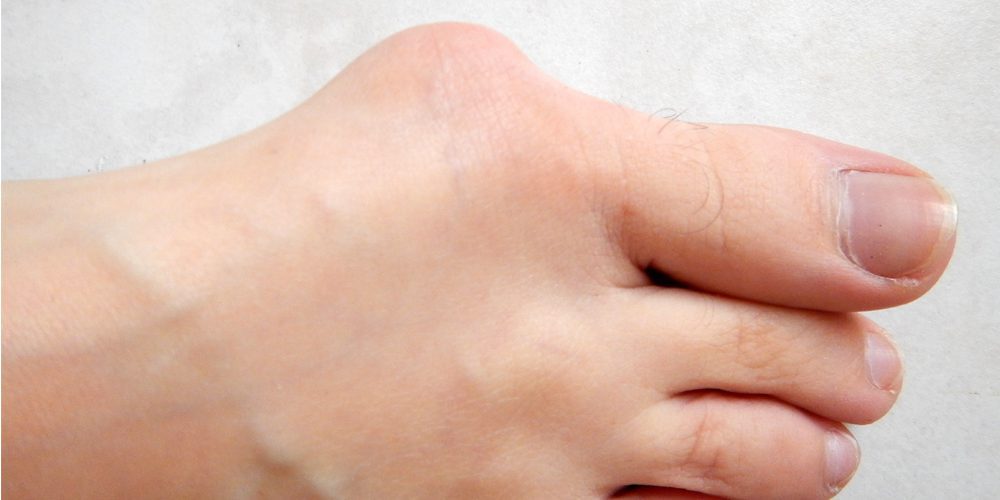








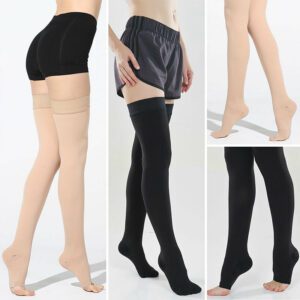

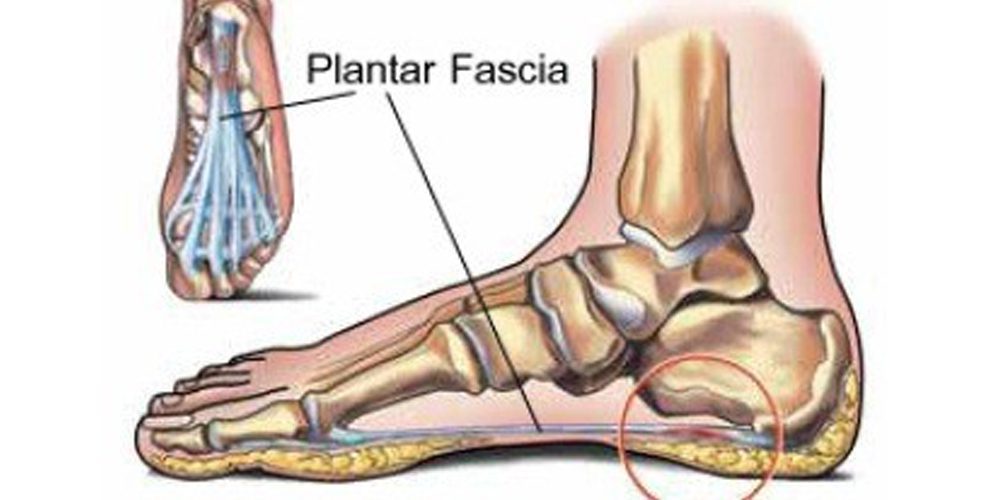
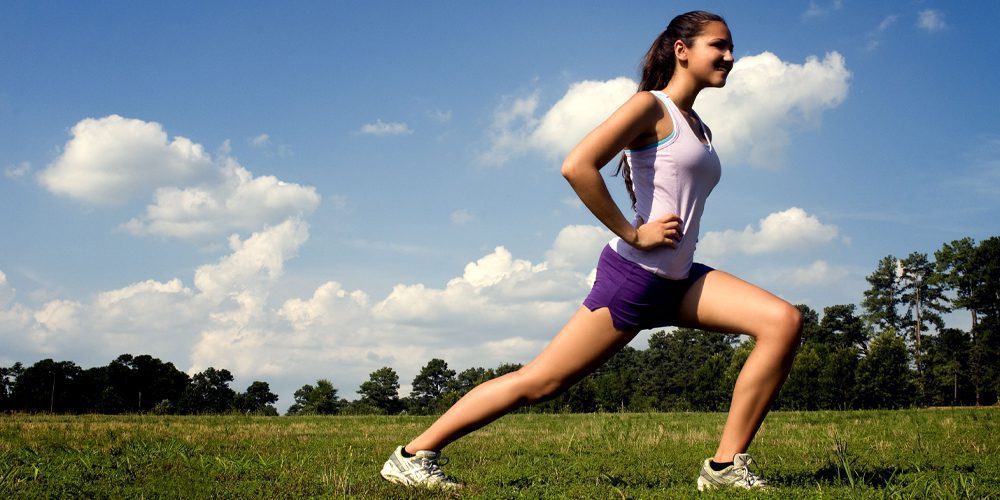



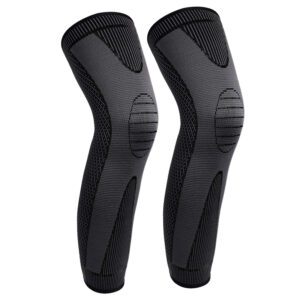


3 Responses
The pain I experience is along the side of my foot to my big toe, my toe is getting bigger
Treating a bunion as early as possible so you don’t need surgery does indeed make a lot of sense. I feel like this is exactly the kind of thing I should try and do since my feet have been experiencing some tough and cracking skin for a reason I can’t figure out. I’ll go and get some help from a local podiatrist so I can have treatment done and avoid any kind of surgery.
The segment of your article that mentioned the “burning” feeling on your toes as a symptom of bunions really helped to read. Lately, I’ve been feeling something like this very often, and I tried treating it myself to no success. If this really is a bunion forming, I’ll visit a bunion treatment clinic in the area right away.